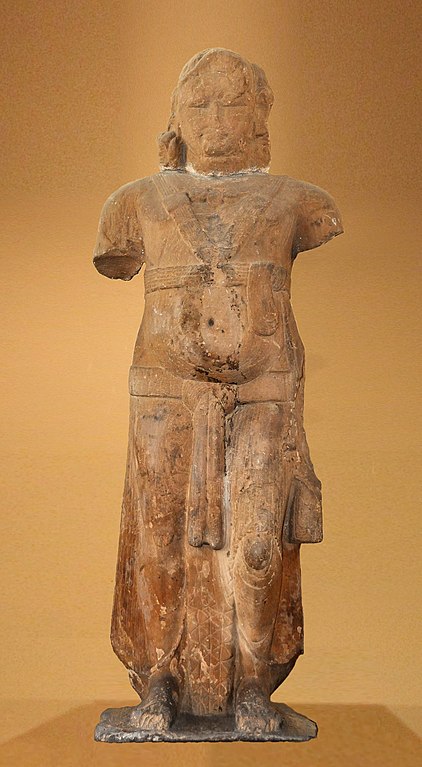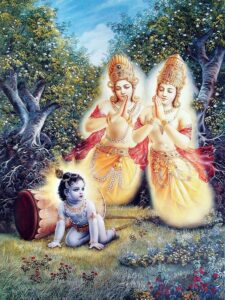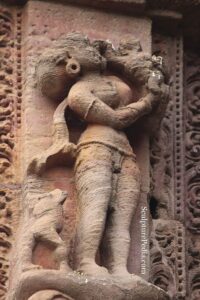Yaksha Manibhadra from Parkham
The Parkham Yaksha is a colossal statue of a Yaksha, discovered in the area of Parkham, in the vicinity of Mathura, 22.5 kilometres south of the city. The statue, which is an important artefact of the Art of Mathura, is now visible in the Mathura Museum. It has been identified as the Yaksha deity Manibhadra, a popular deity in ancient India.
The Parkham Yaksha is datable to the period 200 BCE – 50 BCE on paleographic and stylistic grounds. It has also been dated more precisely by Heinrich Lüders, who gives it a mid-2nd century date, and Sonya Rhie Quintanilla who dates it to circa 150 BCE.

The statue is 2.6 meters tall, including its base of about 30 centimetres.
The analysis of the statue has suggested that the Parkham Yaksha probably held his left arm akimbo while holding a bag filled with square coins, as seen in the Manibhadra statue of Pawaya. According to John Boardman, the hem of the dress is derived from Greek art. Describing a similar statue, John Boardman writes: “It has no local antecedents and looks most like a Greek Late Archaic mannerism”. Similar folds can be seen in the Bharhut Yavana.
The Parkham Yaksha is one of four known occurrences of the Yaksha Manibhadra in inscriptions: one in Parkham near Mathura, one in Pawaya near Gwalior, one in Masharfa and one in Bhītā near Kausambi. It appears Manibhadra was considered a protector of itinerant merchants, a provider of wealth, and a protector against smallpox.






